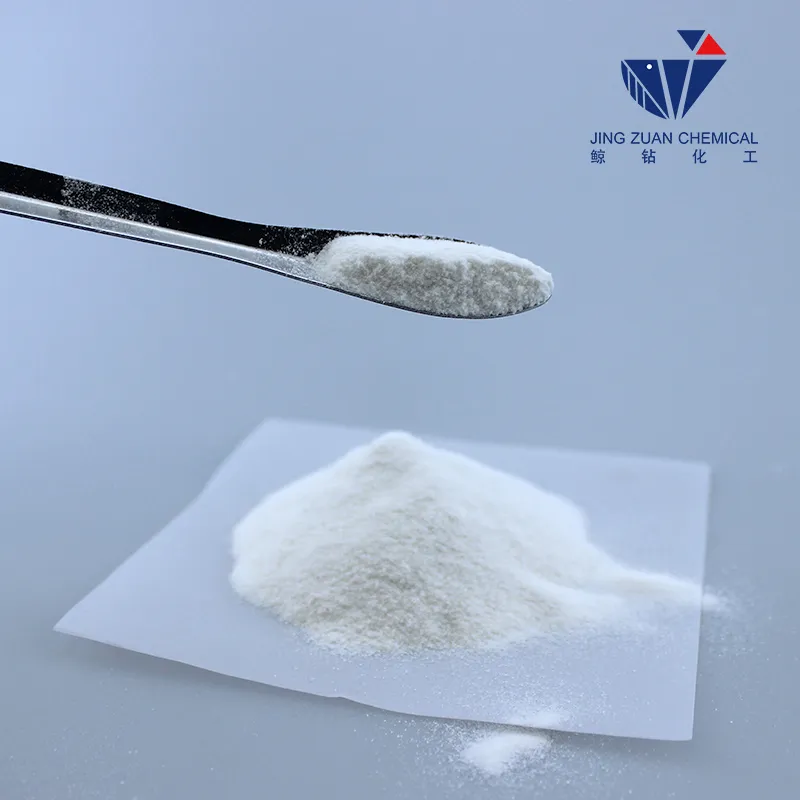
اگست . 12, 2024 09:06 Back to list
Exploring the Applications and Benefits of Hydroxyethyl Cellulose Powder in Various Industries
Understanding Hydroxyethyl Cellulose Powder Properties and Applications
Hydroxyethyl cellulose (HEC) powder is a non-ionic, water-soluble polymer derived from cellulose, a natural polysaccharide found in the cell walls of plants. This versatile compound has garnered significant attention across various industries due to its unique properties and multifunctional applications. This article explores the characteristics of HEC powder, its synthesis, and its prominent uses in different fields.
What is Hydroxyethyl Cellulose?
Hydroxyethyl cellulose is created by treating cellulose with ethylene oxide in an alkaline environment. This modification introduces hydroxyethyl groups, enhancing the polymer's solubility in water and endowing it with unique rheological properties. The resulting HEC powder is odorless, tasteless, and non-toxic, making it suitable for a wide range of applications.
Key Properties of Hydroxyethyl Cellulose
1. Thickening Agent One of the most prominent features of HEC powder is its ability to act as a thickening agent. It increases the viscosity of water-based solutions without altering their other properties, making it essential in formulations requiring a thicker consistency.
2. Stabilizer HEC powder helps stabilize emulsions and suspensions by preventing the separation of components. This property is particularly valuable in the cosmetic and pharmaceutical industries, where product uniformity is crucial.
3. Film-Forming Ability Upon drying, HEC can form a clear and flexible film, which is beneficial for applications in coatings, adhesives, and personal care products. This film-forming nature also contributes to the longevity and performance of these products.
4. Water Retention HEC has excellent water-retaining properties, making it an ideal additive in agricultural products, soil conditioners, and personal care formulations. It helps maintain moisture, promoting healthier plants and skin.
hydroxyethyl cellulose powder

Applications of Hydroxyethyl Cellulose Powder
1. Cosmetics and Personal Care In cosmetic formulations, HEC powder is widely used in creams, lotions, shampoos, and gels. Its thickening and emulsifying properties enhance the texture and stability of these products. Additionally, its moisture-retaining abilities make it beneficial for skin hydration.
2. Pharmaceuticals HEC is employed as a binder, film former, and stabilizer in various pharmaceutical formulations, including tablets and topical ointments. Its non-toxic nature and compatibility with different drug components make it a preferred choice for formulators.
3. Construction In the construction industry, hydroxyethyl cellulose is used in cement and mortar applications. It enhances the workability of these materials, improves adhesion, and reduces water loss during the curing process, ultimately leading to stronger and more durable structures.
4. Food Industry HEC finds limited applications in the food industry as a thickener or stabilizer in sauces, dressings, and dairy products. Its ability to modify texture without modifying taste is an advantage in food formulation.
5. Industrial Applications Beyond the above sectors, HEC is used in various industrial applications, including paints, inks, and coatings, where it provides thickness and adhesion properties essential for product performance.
Conclusion
Hydroxyethyl cellulose powder presents a remarkable range of properties and applications that make it a vital ingredient in numerous industries. Its versatility as a thickener, stabilizer, film former, and moisture-retaining agent allows manufacturers to create products that meet specific performance requirements. As industries continue to innovate and seek sustainable solutions, the demand for HEC and other cellulose derivatives is likely to grow, highlighting the importance of this natural polymer in modern formulations. With its proven effectiveness, HEC remains an integral component driving quality and performance across various domains.
-
Versatile Hpmc Uses in Different Industries
NewsJun.19,2025
-
Redispersible Powder's Role in Enhancing Durability of Construction Products
NewsJun.19,2025
-
Hydroxyethyl Cellulose Applications Driving Green Industrial Processes
NewsJun.19,2025
-
Exploring Different Redispersible Polymer Powder
NewsJun.19,2025
-
Choosing the Right Mortar Bonding Agent
NewsJun.19,2025
-
Applications and Significance of China Hpmc in Modern Industries
NewsJun.19,2025







